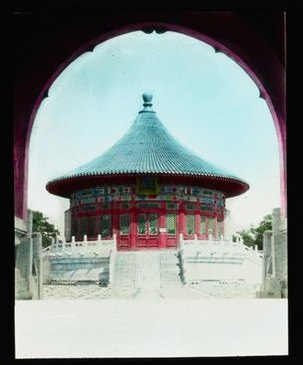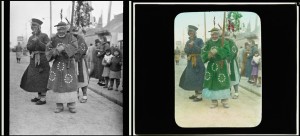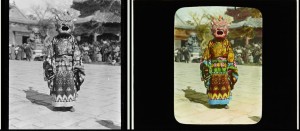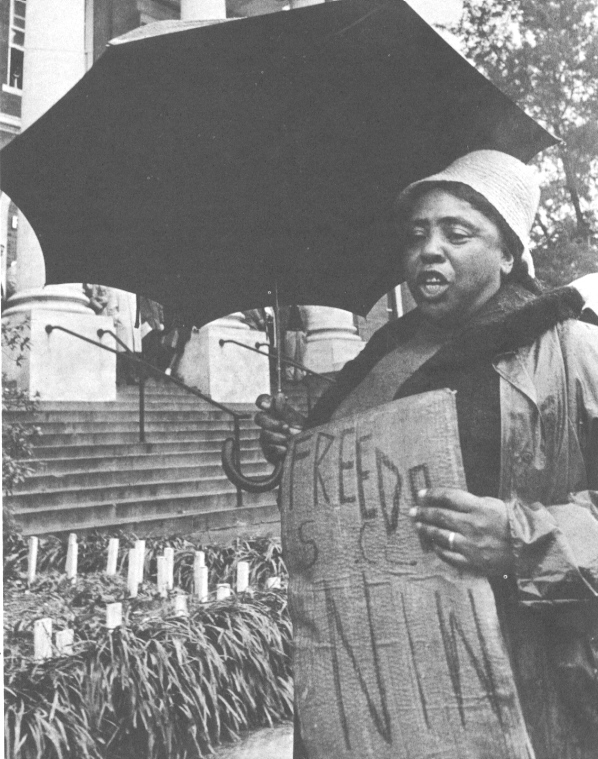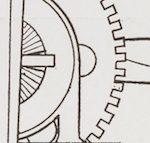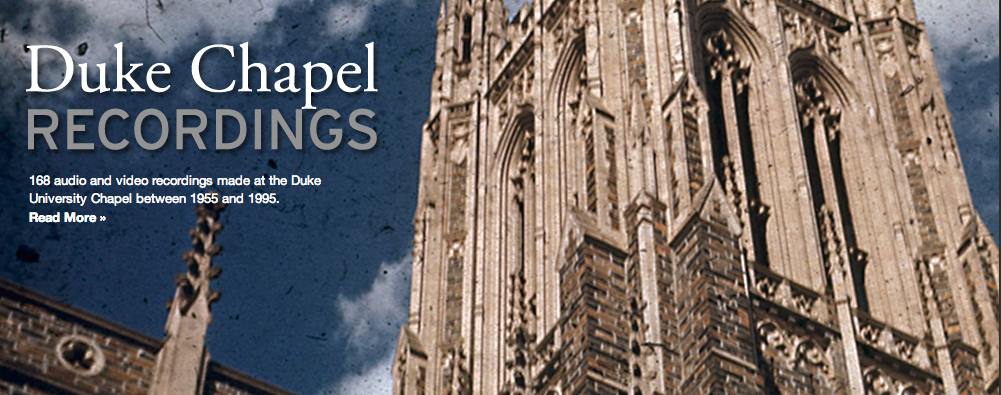As the Engineering Librarian, and guest blogger for Bitstreams, I’m excited to announce Duke Digital Collections newest digital collection: DukEngineer!

The DukEngineer magazine is the student run publication of the Pratt School of Engineering. This collection was compiled from the holdings of Duke University Libraries, Duke University Archives, and Duke’s Pratt School of Engineering and includes nearly every issue published during 1940-2013. The amazing team in the Digital Projects and Production Services department at the Library digitized 205 DukEngineer issues into images and text searchable pdf’s. This digital collection was coordinated to be part of the 75th anniversary celebration of Duke’s Pratt School of Engineering in 2014-2015.
As stated in the inaugural issue dedication in May of 1940, DukEngineer has remained, “strictly a student venture” that covers the activities of engineering clubs, societies and departments at Duke. The publication also includes articles about advancements in engineering at Duke and worldwide, in addition to alumni and faculty profiles. The inclusion of a final page of jokes, puzzles or cartoons has also remained a tradition throughout the run of DukEngineer.
Browsing the collection provides a fascinating overview of how things have changed and remained the same for engineering students since 1940.

Changing Technology…
For engineering students, the magazine has many examples of the progress of technology for completing calculations, from the trusted slide-rule to (rather large) calculators, and then (even larger) computers. Eventually things became smaller and smarter, and Duke engineers have been part of that progress.
“The engineer’s most useful servant, be he designer or otherwise, is his slide-rule. Long, complicated calculations can be made with reasonable accuracy in a very short period of time with this instrument.“ -Sept 1945
Other technological advances that are covered include an explanation of the television in Dec 1940 and the many advancements in the space race during the 1960’s – just to name a few.
Changing Styles…
75 years of engineering students and faculty, means 75 years of changing styles, fashions and hairstyles. The students in the 1940’s frequently wore jackets & ties to class (looking more dressed up than most faculty today), where as in the 1970s and 80’s short shorts and big hair was the way to go. Of course, throughout the years, there may have been an examples or two of the stereotypical white shirt, pocket protector, black glasses, engineer style.

Changing Culture…
Reading through the magazine, written from student’s perspective of the time, it is easy to be surprised at how things have changed in society as a whole and here at Duke. The cartoons, and joke pages are some of the prime examples of what was considered socially acceptable throughout the years. One of my favorite jokes (that I can use in this post) is from February 1956.
Mother—”What are you reading, son?”
M.E.—”Playboy.”
Mother—”Oh, all right, dear, I was afraid you had gotten hold of a ‘DukEngineer.’ “
The 1960’s and 1970’s also included a feature “Girl of the Month.” Some ‘lucky’ co-ed on campus (not an engineering student) was chosen to be highlighted each issue with a photo spread and some details about their likes, major and sometimes even a name. An issue in Spring of 1986 did a flashback of this and decided to try to even the score with “Men of the 80’s”.

Changes at Pratt…
Of course, engineering at Duke has changed a lot through the years also. The College of Engineering at Duke became official in 1939. It has grown in the number of students, faculty, departments and buildings as it evolved into the Pratt School of Engineering that we know today. The big move of engineering from East Campus to West is illustrated on the cover of March 1945. Other highlights of engineering growth include the building of “old red” (aka Hudson Hall), the design and building of the new Teer engineering library building through the more recent Fitzpatrick Center & CIEMAS.
However, some things never seem to change…
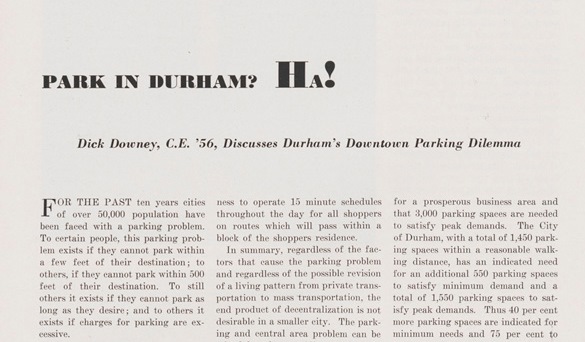
We hope you enjoy browsing the issues of the DukEngineer digital collection. There are many amazing articles about advancements in engineering, fantastic advertisements, pictures of students, profiles of faculty and alumni, etc.
Happy 75th Pratt!
Post Contributed by Melanie A. Sturgeon




